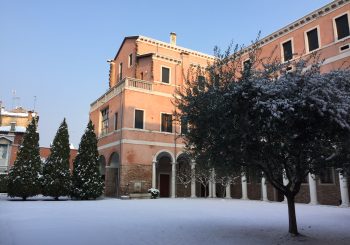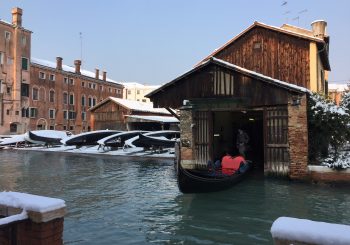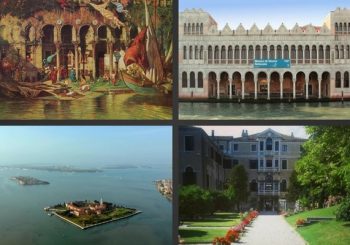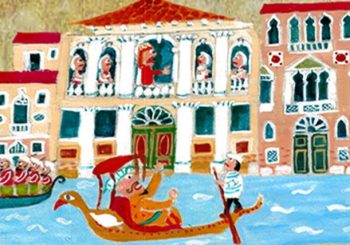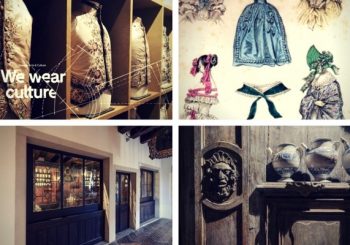
With 11 Museums and over 40,000 square metres of exhibition space the Civic Museums network is one of greatest heritage to visit in Venice: over 10 centuries of architecture and decorations, more than 200,000 works of art and 2,000,000 naturalist exhibits.
To discover the very best of Venice, the Museums offer unusual approaches, actively involving the visitors in either Italian, English, French, Spanish or Russian languages.
If you’re a family group there are many activities to book from story-telling to the workshops where they can make their own diorama or learn about glass making or the art of perfume or natural history.
For the birthday of children aged 7 to 12 Ca ‘Rezzonico and Ca’ Pesaro become an extraordinary and gigantic “game in a box” to be shared with friends on a very special day. A game full of sense, however … .and, in the end, space-cake and wishes !!!
And the libraries of the Museums? Specialized libraries are of particular importance, preserving important manuscripts and prints, as well as monografies and periodicals related to the history and art of Venice (Museo Correr Library), fashion and costumes from the 17th century to today (Palazzo Mocenigo Museum Library), the Venetian theater and the performing arts in general, with documents from the 17th to the 20th century (Carlo Goldoni’s House Library), natural sciences (Natural History Museum Library) and Modern and Contemporary Art (Ca’ Pesaro Library).
Do you want to find out what an ancient Venetian pharmacy looked like? On the 3rd floor of Ca’ Rezzonico you can visit the «Ai Do San Marchi» pharmacy. It was located in Campo San Stin in Venice on the corner of Calle Donà. The earliest records of its existence date back to the second half of the seventeenth century: we know that in 1679 it was owned by Orazio Moscatello. Around mid-eighteenth century the owner was Bernardo Saletti who was responsible for the complete refurbishing of the premises and its furnishings. It was open until 1908.
Visiting a museum, can become a meaningful part of your vacation and you can spend as much or as little time as you like exploring beautiful venues: Going to the museum will make very special memories, providing an effective way of learning.
From “DeTourism”

